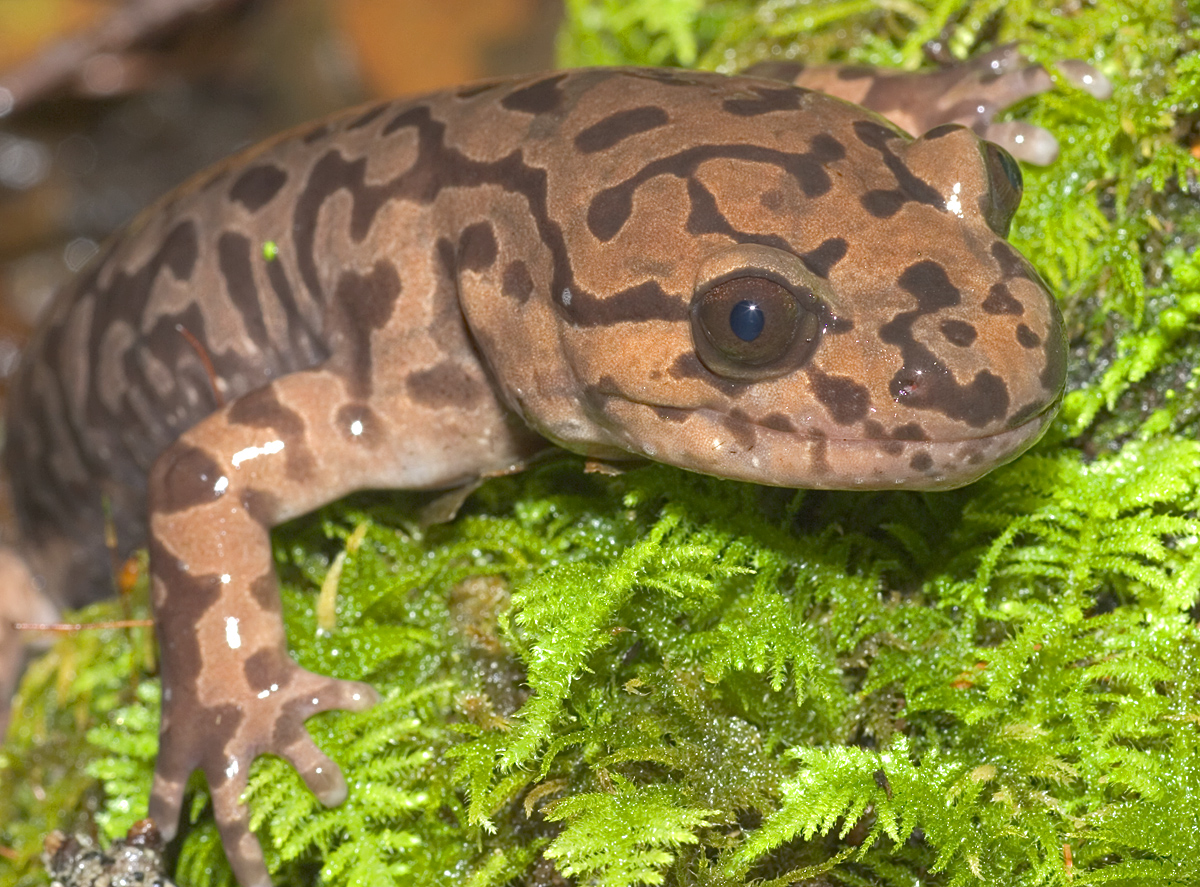Pacific Northwest ARMI: Spring activities
It’s spring in the Northwestern U.S., and while many are just now coming out of the winter doldrums to longer, warmer days, our native amphibians have been on the move for months. In lower elevations like the Willamette Valley, some species that spend most of their year in terrestrial habitats, like the long-toed salamander and red-legged frog, can migrate to breeding ponds as early as December and January. Starting as a few lonely croaks, nights in February and March are now filled with the raucous cacophony of Pacific chorus frogs. You may notice brown and orange rough-skinned newts crossing trails in moist woodlands on mild days, pushing past trillium and fawn lily to get to their destinations. After spending weeks in the pond breeding and feeding, waterlogged newts return to the forest but the glandular bumps (i.e., rough skin) on their bodies have smoothed out - making it obvious to passersby where they’ve been and what they’ve been up to! The seasonal dance is triggered by a combination of cues including longer, wetter days and warmer temperatures.
Amphibian activity in the mountains of the Northwest is just about to stir. As of March 2025, snowpack in Oregon’s mountains is above normal – a welcome contrast to recent years of drought. Biologists with USGS Forest and Rangeland Ecosystem Science Center (FRESC) are just starting surveys in the higher elevations as warmer temperatures and longer days reduce snow. Species such as Cascade frogs, Western toads, and Oregon and Columbia spotted frogs gather together and lay eggs soon after ice and snow have melted. FRESC studies in the mountains start with breeding census in spring and turn to mark-recapture, trapping, and genetic and habitat sampling in summer months. Topics of particular interest to FRESC and their agency, tribal, and non-profit partners include resiliency of different species and populations to drought and how wetland and riparian restoration can boost local populations and increase connectedness in managed landscapes.
ARMI Pacific Northwest is celebrating spring with several outreach activities gearing up for Amphibian Week. FRESC biologists started in a stormy early spring by donning raingear at the US Fish and Wildlife Service-organized Winter Wildlife Field Days (WWFD) event (Winter Wildlife Field Days 2025 Event Schedule | U.S. Fish & Wildlife Service). The event brings partners together from agency, non-profit, and private sectors to share their work and lead accessible nature education experiences at multiple stations around Oregon’s Willamette Valley during the month of March. FRESC biologists hosted stations on March 8 and March 15 showcasing amphibians and their natural history and habitats. Stations featured kids’ activities, handouts, teaching models, and even some live amphibians. Kids and adults were drawn to the stars of the show: the rough-skinned newts, Northwestern salamander, and Pacific chorus frog. For many, it was their first time seeing these critters. FRESC and US Army Corps of Engineer biologists are planning to lead an Amphibian (and Reptile) Field Walk in early May as part of Amphibian Week. The event will visit a restored wetland that hosts at least 5 species of amphibians and a manmade pond with native Western Pond turtles. The walk is an all-ages walk with the WREN (Willamette Resource and Education Network).

